
Afghanistan Economic Outlook
May 2025
Afghanistan Economic Outlook, is a creative initiative of the Afghanistan Economic and Legal Studies Organization (AELSO) which reflects most important & the latest economic events that happened during a month in Afghanistan.
By reading this economic newsletter, that has designed in three languages (Pashto, Dari & English), you can get a wider overview of Afghanistan’s economic situation.
Afghanistan Exported Carpets Worth $15 Million in 1403
 According to the ministry, Pakistan, Australia, Iran, Turkey, Turkmenistan, Germany, and several other countries were the primary destinations for Afghan carpet exports last year.
According to the ministry, Pakistan, Australia, Iran, Turkey, Turkmenistan, Germany, and several other countries were the primary destinations for Afghan carpet exports last year.
Afghanistan exported 3,632 metric tons of carpets in 1403, with a total value of approximately $15.2 million. These exports were destined for countries including Pakistan, Australia, Iran, Turkey, Turkmenistan, Uzbekistan, Germany, the Netherlands, the United States, India, Canada, the United Arab Emirates, Saudi Arabia, and others.”
Meanwhile, a number of carpet vendors in Kabul have emphasized the importance of this industry and are calling for more national and international exhibitions to showcase their products.
Mohammad Haroon, a carpet seller in Kabul, told: “Only a small number of Afghans participate in international exhibitions. The opportunity to participate is very limited. We ask the government to provide broader access for carpet traders and artisans to attend international trade fairs.”
Shafiq, another carpet seller, added: “We are happy to see the growth of our local carpet industry. Our second request to the government is to reduce the taxes imposed on us.”
On another front, the Union of Carpet Manufacturers and Exporters of Afghanistan has also highlighted the growing interest of international markets in Afghan handwoven carpets and is urging the government to facilitate carpet transportation.
Mohibullah Kohi, a board member of the union, told: “We are unable to deliver our carpets from here to the US, Germany, or Turkey in less than 20 days, while others can do so in just two days. For example, when a customer asks us to deliver goods within 15 days, we cannot do it even in 20. This is one of our biggest challenges.”
Carpet weaving remains a key traditional industry in Afghanistan, particularly in northern provinces such as Jawzjan, Balkh, Faryab, and Sar-e-Pul, where many citizens are engaged in this craft. According to the Ministry of Industry and Commerce, over 1.2 million people in Afghanistan are employed in the carpet manufacturing and export sector.
Poultry Farms Increase in Afghanistan
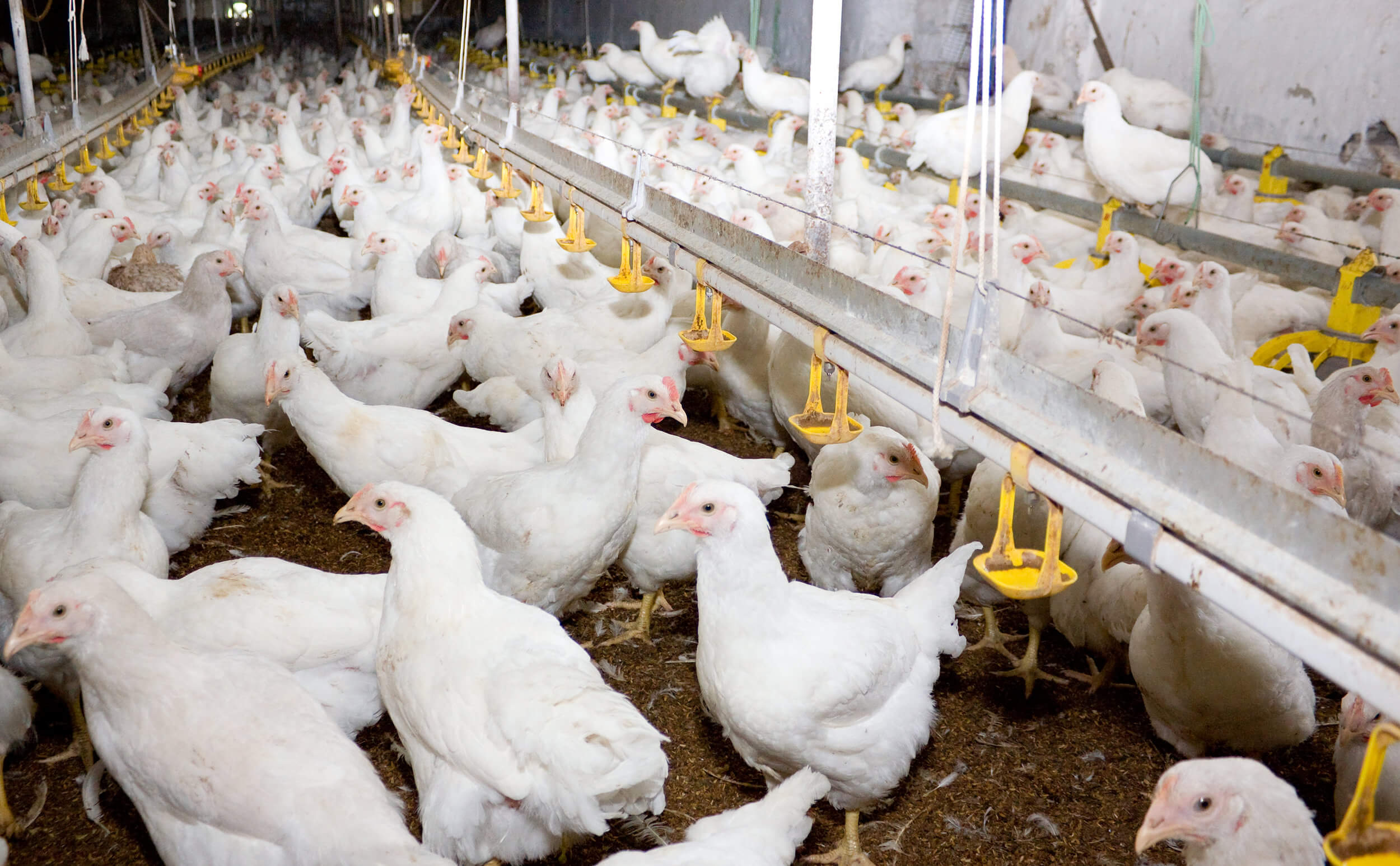 The Ministry of Agriculture, Irrigation, and Livestock reported a remarkable rise in poultry farms across Afghanistan, with more than 100,000 people directly and 360,000 others indirectly employed in the poultry industry.
The Ministry of Agriculture, Irrigation, and Livestock reported a remarkable rise in poultry farms across Afghanistan, with more than 100,000 people directly and 360,000 others indirectly employed in the poultry industry.
Sadr Azam Usmani, deputy minister of agriculture, stated during a meeting in Kabul that they are working to make Afghanistan self-sufficient in various agricultural and livestock sectors.
He added: This sector has created job opportunities for over one hundred thousand people.”
Currently, the number of poultry farms in the country has reached approximately 14,000.
In the same meeting, Noorulhaq Anwar, director of administrative affairs, emphasized the importance of expanding Afghanistan’s economy and investment opportunities. He said that the leader of the de facto government has ordered all government institutions to eliminate obstacles for investors and traders.
He stated: “Instructions have been issued to all offices and departments that no one is allowed to create any barriers for investors and investment.”
Najibullah Hayat Haqqani, acting minister of communications and information technology, also speaking at the gathering, said: “The government must lay the groundwork in the economic sector so that the private sector can operate freely and achieve its goals.”
The Afghanistan National Poultry Farms Union reported that the sector has attracted a total investment of $1.5 billion, making it the largest investment in any Afghan sector.
Torayali Hemat, deputy of the union, stated: “Not only has this sector met Afghanistan’s domestic demand, but it also has the capacity to export to international markets. The total investment in this sector has reached $1.5 billion the largest in Afghanistan’s sectors.”
According to the union, there are currently 13,850 small and large poultry farms across the country, of which 12,500 are active. These active farms have a combined production capacity of 1.2 to 1.4 million kilograms of chicken meat per day.
Afghanistan-Kyrgyzstan Trade Reached $66M in 1403
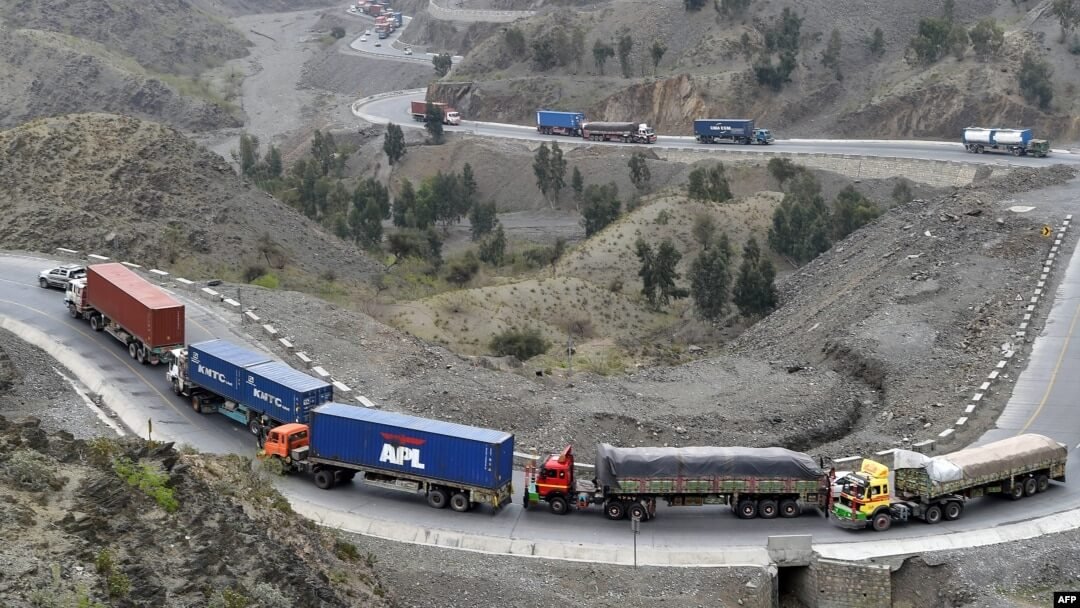 The Ministry of Industry and Commerce announced that Afghanistan and Kyrgyzstan recorded $66 million in trade during the past solar year (1403).
The Ministry of Industry and Commerce announced that Afghanistan and Kyrgyzstan recorded $66 million in trade during the past solar year (1403).
Akhundzada Abdul Salam Jawad, spokesperson for the ministry, emphasized that $7 million of this figure represents Afghan exports, while the remaining amount was imports.
Afghanistan’s main exports to Kyrgyzstan include aluminum and copper utensils, pressure cookers, carpets, fruits, and various vegetables.
Jawad further stated: “Afghanistan and Kyrgyzstan traded goods worth $66 million during 1403, of which $7 million were exports from Afghanistan and $59 million were imports.”
The Afghanistan Chamber of Commerce and Investment (ACCI) said Central Asian countries are viable trade alternatives for Afghan exporters, and spoke of joint efforts to boost trade with the region.
Khanjan Alokozay, a board member of ACCI, told: “Our trade with Central Asia is increasing day by day. It continues through the usual routes of Hairatan and Sher Khan Bandar. These are our only viable corridors—despite some challenges, we are compelled to use them.”
Abdul Haseeb Safi, an economic affairs analyst, remarked: “The more we can strengthen commercial ties with neighboring and regional countries, the more it benefits Afghanistan.”
Kyrgyz media also recently reported that Kyrgyzstan exported $11.5 million worth of petroleum products to Afghanistan during the first two months of this year, January and February.
32nd Agricultural and Livestock Products Exhibition Kicks Off in Kabul
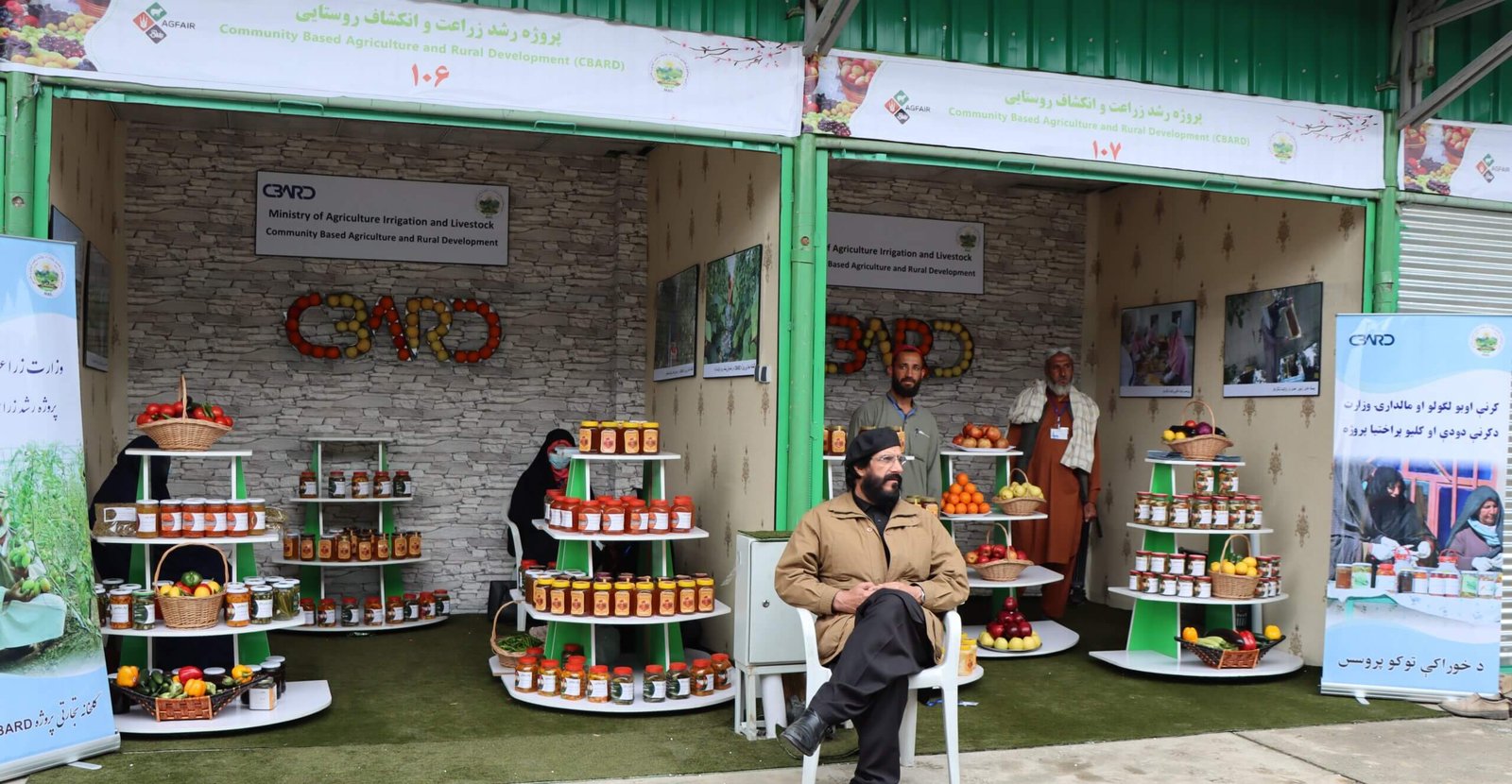 The Ministry of Agriculture, Irrigation, and Livestock has reported an increase in the number of visitors to the 32nd Agricultural and Livestock Products Exhibition in Badam Bagh, Kabul.
The Ministry of Agriculture, Irrigation, and Livestock has reported an increase in the number of visitors to the 32nd Agricultural and Livestock Products Exhibition in Badam Bagh, Kabul.
The ministry also emphasized continued efforts to hold more exhibitions.
Ghulam Mohammad Kazim Shahamat, spokesperson for the Ministry of Agriculture, Irrigation, and Livestock, told: “The number of visitors and attendees has increased compared to previous years. The Ministry considers this increase significant and fruitful.”
Some visitors found the exhibition beneficial for the growth of Afghanistan’s industrial and agricultural sectors and stressed that more support should be provided to farmers and industrialists in the country.
Mohammad Haroon, an exhibition visitor, said: “When such exhibitions are held, our farmers and industrialists are encouraged. We visited this exhibition, and the public turnout was also very good.”
Mashooqullah, another visitor, said: “The products of our farmers, orchard owners, and traders help boost the economy, create job opportunities, and pave the way for exports.”
At the same time, some stallholders described the market at the exhibition as satisfactory. They said that by the third day of the exhibition, agreements had also been reached.
Samiullah, one of the stallholders, told media: “We had many customers and signed contracts. A lot of people come to see the domestic products.”
Hanifa, another stallholder, said: “We are very happy. We have already sold a large part of what we brought to the exhibition. Some said they would come again.”
It is worth mentioning that the Agricultural and Livestock Products Exhibition is held twice a year in Badam Bagh, Kabul, by the Ministry of Agriculture in cooperation with domestic and international organizations to market agricultural and livestock products and support industrialists and the agricultural sector.
Turkmenistan Expands Trade and Transit Cooperation with Afghanistan
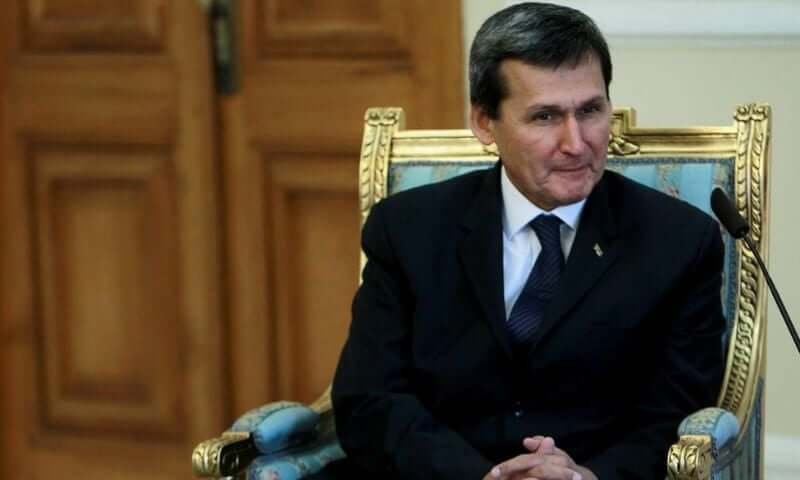 Turkmenistan’s Foreign Minister has stated that his country will enhance cooperation with Afghanistan in the sectors of railways, trade, and transit.
Turkmenistan’s Foreign Minister has stated that his country will enhance cooperation with Afghanistan in the sectors of railways, trade, and transit.
Rashid Meredov held talks with Amir Khan Muttaqi, the Acting Foreign Minister of the de facto government, discussing political and economic relations and the strengthening of diplomatic ties between Kabul and Ashgabat.
Zia Ahmad Takal, spokesperson for the Ministry of Foreign Affairs, said: “The Foreign Minister of Turkmenistan assessed the progress of the TAPI project positively and pledged to expand practical cooperation in rail, trade, and transit.”
Meanwhile, the Governor of Herat, who has traveled to Turkmenistan, met with the Governor of Mary Province to discuss the importance of cooperation in the areas of energy, transport, and marble exports, emphasizing the need to strengthen these partnerships.
Some economic experts consider enhancing relations with Central Asian countries to be in Afghanistan’s strategic interest, given its regional positioning.
Mohammad Nabi Afghan, an economic analyst, said: “We must seize the opportunities available in Turkmenistan. We should utilize Turkmenistan’s experiences and resources for the benefit of our country.”
Turkmenistan, a Central Asian nation with existing trade ties with Afghanistan, is also executing the major TAPI gas pipeline project, which aims to transport gas from Central Asia to South Asia.
So far, the project has advanced more than 14 kilometers within Afghan territory.
Industrial Week Exhibition Attracts 700 Domestic Producers in Kabul
The Industrial Week Exhibition was held in Kabul with broad participation from domestic producers and warm reception from visitors — an event that, according to officials, demonstrates the growing potential of the national industry and brings fresh hope for the country’s economy.
The Chamber of Industries and Mines stated that more than 700 booths were set up by local companies and producers to showcase their products at the exhibition.
The main goal of the event was stated as supporting the national industry, creating job opportunities, and strengthening the domestic economy.
Shirbaz Kaminzada, President of the Chamber of Industries and Mines, said: “This exhibition, which marks the fourth Industrial Festival, is held annually. This year, fortunately, about 700 booths representing over 80 sectors have participated, and the exhibition will continue for a week.”
Some participants called for similar programs to be held abroad to better introduce domestic products.
They emphasized that using and supporting domestic products can play an important role in the country’s economic growth.
Nazir Ahmad Noor, a participant, said: “The exhibition is the best platform for marketing; thankfully, the Industrial Week has been celebrated in a very grand manner.”
Another participant, Abdul Azim, said: “The exhibition is definitely a place where people can see and learn about the services offered by all the participating companies. It is undoubtedly a great opportunity for us to showcase our services to the people.”
Some visitors also described the exhibition as an effective step in promoting domestic products and urged businessmen who have invested abroad to transfer their assets back to the country and contribute to economic growth.
Soroush Aryaei, a visitor, said: “This exhibition plays a very significant role in introducing Afghanistan’s products, as it helps our fellow citizens become familiar with locally produced goods.”
Another visitor, Fazl-ur-Rahman Rahmani, said: “Businessmen who have factories in Pakistan or Iran should engage with the de facto government and relocate their factories to Afghanistan.”
Previously, the Economic Commission of the Prime Minister’s Office, in support of the country’s industry and domestic products, had allocated about 80,000 acres of land to the Ministry of Industry and Commerce for the establishment of industrial parks in 28 provinces.
Afghanistan to Fund Infrastructure Projects With Revenue of 20 Mines
 The Ministry of Mines and Petroleum announced that in order to implement several infrastructure projects in the country, it has granted contracts for nearly 20 mines to various companies.
The Ministry of Mines and Petroleum announced that in order to implement several infrastructure projects in the country, it has granted contracts for nearly 20 mines to various companies.
According to the ministry’s spokesperson, Homayoun Afghan, the mines include gold, coal, lead and zinc, chromite, and nephrite, and have been contracted to help fund projects such as the Qosh Tepa Canal.
Some road construction and dam-building projects are also being financed through revenues generated from these mines.
The ministry spokesperson said: “Around 20 mines containing various minerals, especially lead and zinc, gold, and chromite have been granted in exchange for infrastructure and public-interest projects, with their revenues allocated to several initiatives.”
Given the reduction in international aid to Afghanistan and the uncertain status of some projects, experts consider allocating mining revenues for infrastructure development as a vital step toward economic growth.
Economic analyst Abdul Nasir Rashtia told: “Every active project creates jobs, and if the country’s mines are contracted and used to fund developmental and infrastructure initiatives, this plan will undoubtedly build the nation’s foundations and generate sustainable and legitimate income for the people.”
Meanwhile, the revenue of the extraction of coal from the Balkhab region in Sar-e Pol province has also been allocated to the state-owned National Development Company to fund the construction of the Qosh Tepa Canal.
Silk Farming Industry Sees Significant Revival in Herat
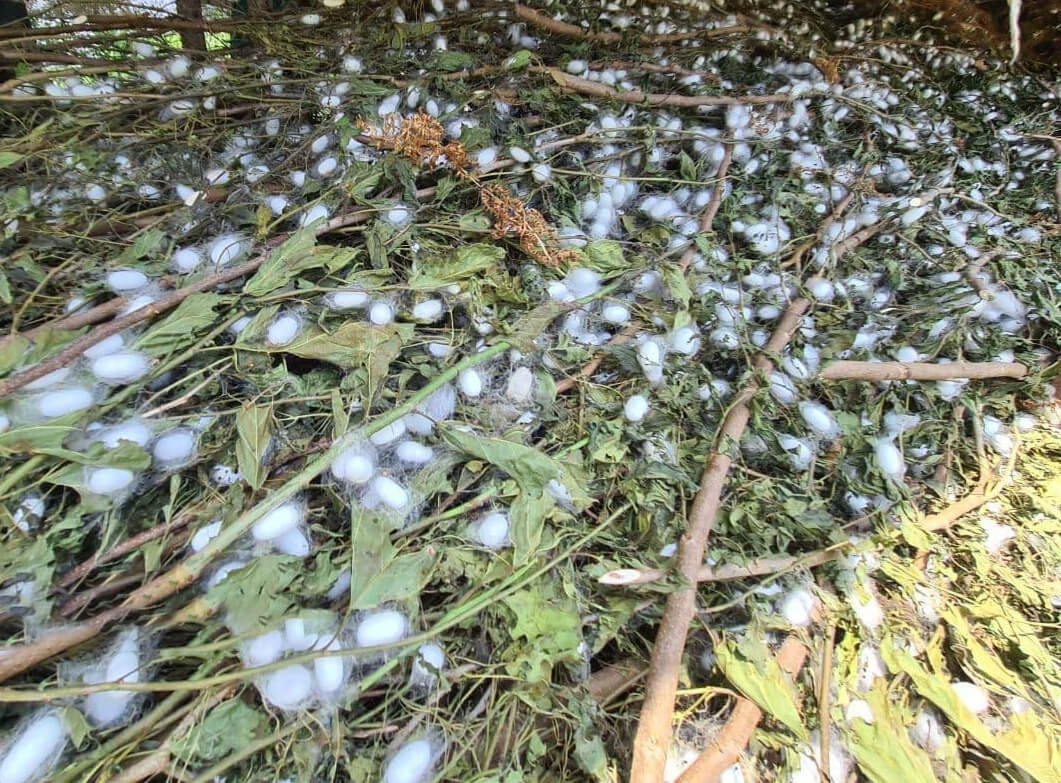 The Herat Directorate of Agriculture, Irrigation, and Livestock said that the silk farming industry has significantly improved in the province this year.
The Herat Directorate of Agriculture, Irrigation, and Livestock said that the silk farming industry has significantly improved in the province this year.
According to officials from the directorate, more than 6,000 boxes of silkworms have been distributed to farmers and villagers by various institutions this year.
It is said that each box of silkworms can yield up to ten kilograms of cocoons. The price of each kilogram of cocoons ranges between 1,000 to 1,500 afghani in the markets.
Fahim Fayez, the head of the bird, fish, and insect section of the Herat Directorate of Agriculture and Irrigation, said: “In the past, due to the problems in the country, the silk industry had declined. Now, more institutions and the Agriculture Directorate are working to further develop this industry.”
Ahmad Shah Qawami, deputy head of the Herat Silk Farming Union, told: “About 5,500 to 6,000 people are engaged in collecting leaves, working, and raising silkworms in Zindajan district. Silk farming is an industry that engages the entire community, from seven-year-old children to eighty-year-old elders. The silkworm cultivation process takes about a month, and during this time, a family with four to five boxes of silkworms can earn 50,000 to 60,000 afghani.”
Seventy percent of the activities in this industry are carried out by women, and the main center of silk farming in Herat is Zindajan district.
The process of cocoon production, from beginning to harvest, takes about a month. Farmers say the industry has played a vital role in improving their economic conditions.
Abdul Qadeer Esmati, one of the farmers, told: “Silk farming is labor-intensive and puts a burden on women; however, it is economically beneficial. If the cocoons are purchased and exported, it would be good and would help people economically.”
Nisar Ahmad, another farmer in Herat, said: “Silk farming has a good and legal income in 10 to 20 days. We work day and night and earn good amount of money.”
Silk farming and weaving are ancient industries in Herat which according to local officials, have a history of over two thousand years. Thousands of people in several districts of Herat, especially Zindajan, are engaged in this industry.
Recent Afghanistan Economic Outlook
Join to our Newsletter
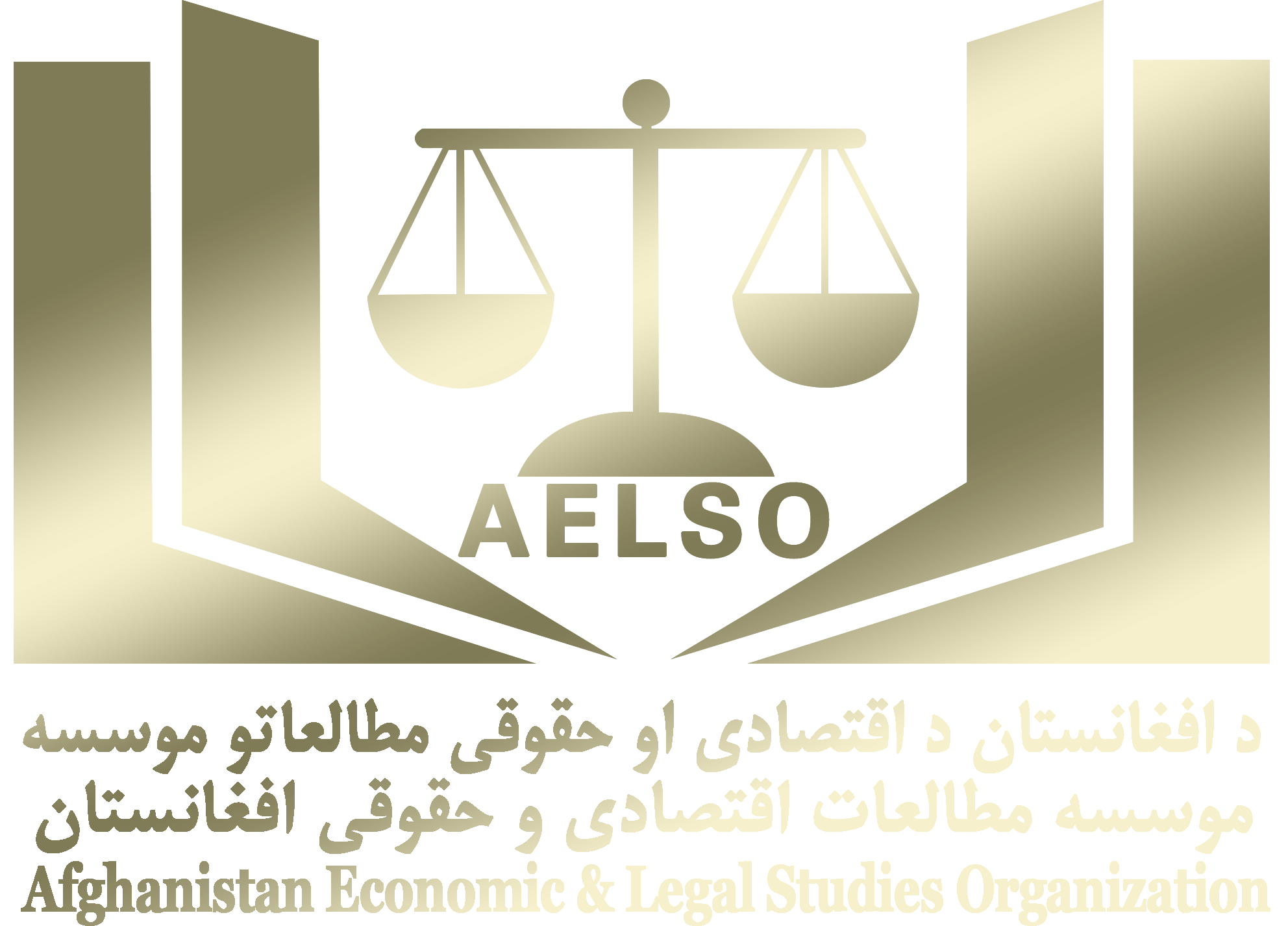
Advancing the Ideas for a Peaceful and Prosperous Afghanistan
© 2025 Copyright Afghanistan Economic & Legal Studies Organization.
